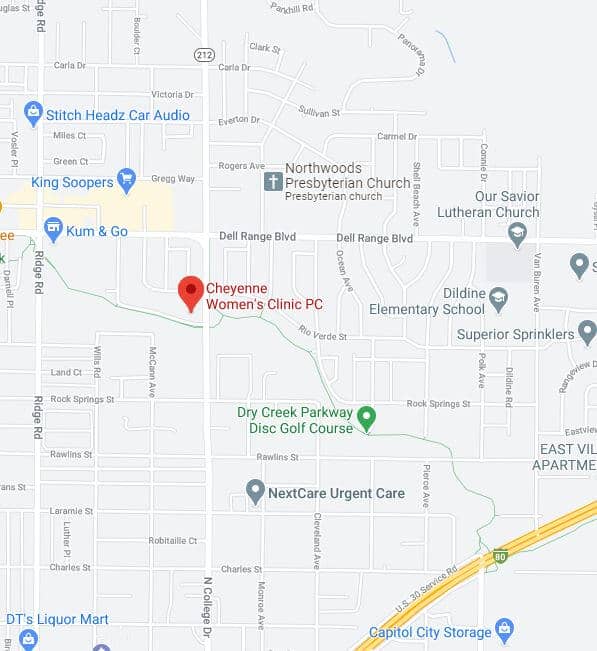For many people, sterilization means freedom and security. It can be the right birth control choice, no matter your age, whether you are single or in a relationship, or whether you have kids already. You are the one who knows what decision is best for you.
Still, sterilization is a major decision, one you should make without pressure from a partner or anyone else. Some research suggests that women younger than age 30 are more likely than older women to regret having the surgery. But most people do not regret their decision.
If you do not want children or any more children, talk with your ob-gyn about tubal sterilization or ask your male partner to speak with a urologist or their primary doctor about vasectomy. Your doctor should describe the procedure, risks and benefits, alternatives, answer your questions, and help you decide.






